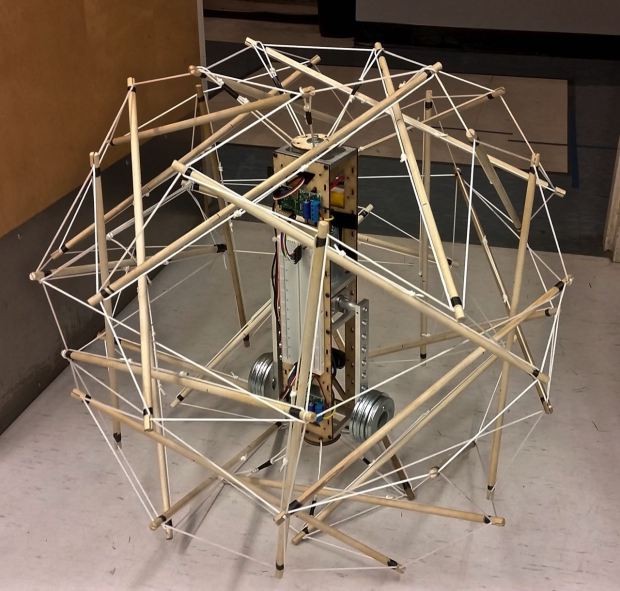Can Automobiles have Spherical Wheels?
Why can’t the shape of the car tyres be revamped or changed to a spherical one?
I thought of this question after I stumbled upon the car concept from Audi named RSQ which was the same car which was showcased in the I-ROBOT film in the year 2004.
So now we can discuss the possibilities of using a spherical car tyre instead of an traditional cylindrical one. If they can be used in daily products like TV stand, chairs, for easy movement of it why can’t it help in the motion of a car efficiently?
How it can be propelled as it will not be convenient as cylindrical wheels?Can we use same rubber material for a spherical wheel to get friction to propel the vehicle? How can we transmit the power? How to steer?
Let your imagination flood in and it may look silly but it can be the future CEans.
Update:
The idea of using spherical wheels instead of traditional cylindrical ones in automobiles seems quite intriguing at first glance.
They could theoretically provide enhanced manoeuvrability, allowing vehicles to move in any direction without having to turn first. Indeed, certain prototypes, such as the Goodyear Eagle-360 concept, have demonstrated this potential. However, several practical challenges and limitations must be considered for a critical discussion.
Advantages of Spherical Wheels:
1. Enhanced Manoeuvrability: Spherical wheels can move in any direction, which might prove beneficial in tight parking spaces or complex city landscapes. They could turn 360 degrees without the need for the vehicle to move forwards or backwards first.
2. Improved Comfort: As each wheel could rotate independently, vehicles equipped with spherical wheels could potentially offer a smoother ride. They could also handle obstacles and potholes more efficiently by adjusting their angle of contact.
3. Potential for Advanced AI Integration: With technologies like AI and IoT being integrated into automobiles, spherical wheels could offer new dimensions for autonomous vehicles in terms of movement and parking.
Disadvantages of Spherical Wheels:
1. Technical Complexity: The implementation of spherical wheels involves significant technical challenges, including how they're attached to the vehicle, how power is transferred to them, and how they're steered. The traditional axle and bearing system used in cylindrical wheels won't work, requiring a completely new design and technology.
2. Safety Concerns: The safety implications of such a radical design change would need thorough investigation. For instance, ensuring stability and grip, particularly at high speeds or under harsh weather conditions, would be challenging. Spherical tires could be more prone to 'slip' than cylindrical ones.
3. Durability: Spherical wheels might wear out unevenly due to the varying contact surfaces, potentially leading to maintenance challenges and increased costs.
4. Infrastructure Compatibility: Current road infrastructures are designed with cylindrical wheel-based vehicles in mind. Adopting spherical wheels on a large scale would require considerable changes in road design, traffic rules, and possibly even parking spaces.
5. Cost: The manufacturing process of spherical wheels would likely be more complex and costly compared to traditional ones. This could make vehicles equipped with such wheels significantly more expensive.
In conclusion, while spherical wheels hold a certain futuristic appeal and offer potential advantages, the technical and practical hurdles to their implementation are substantial.
Without major advancements in relevant technologies and significant infrastructure adaptations, their widespread use in automobiles is unlikely in the near term.

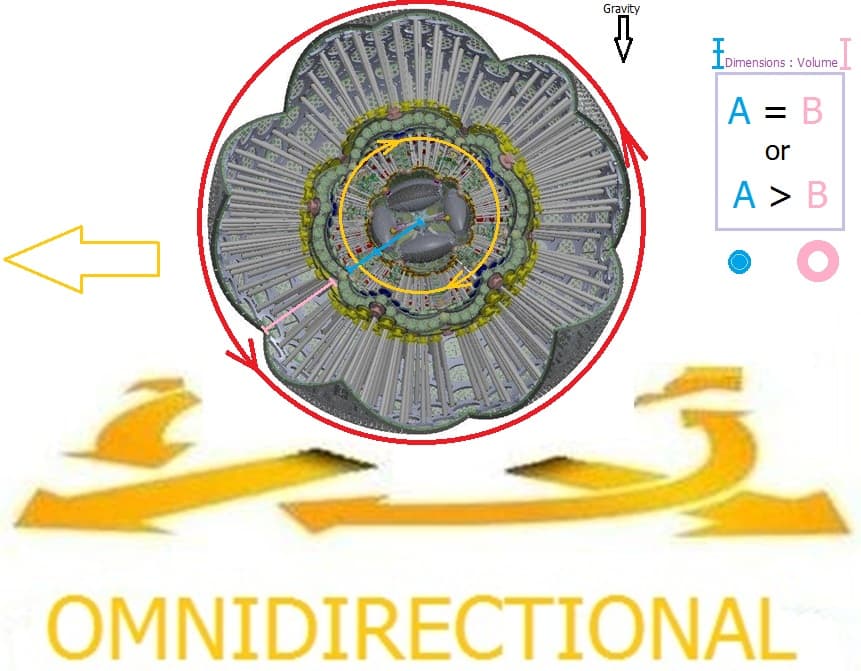
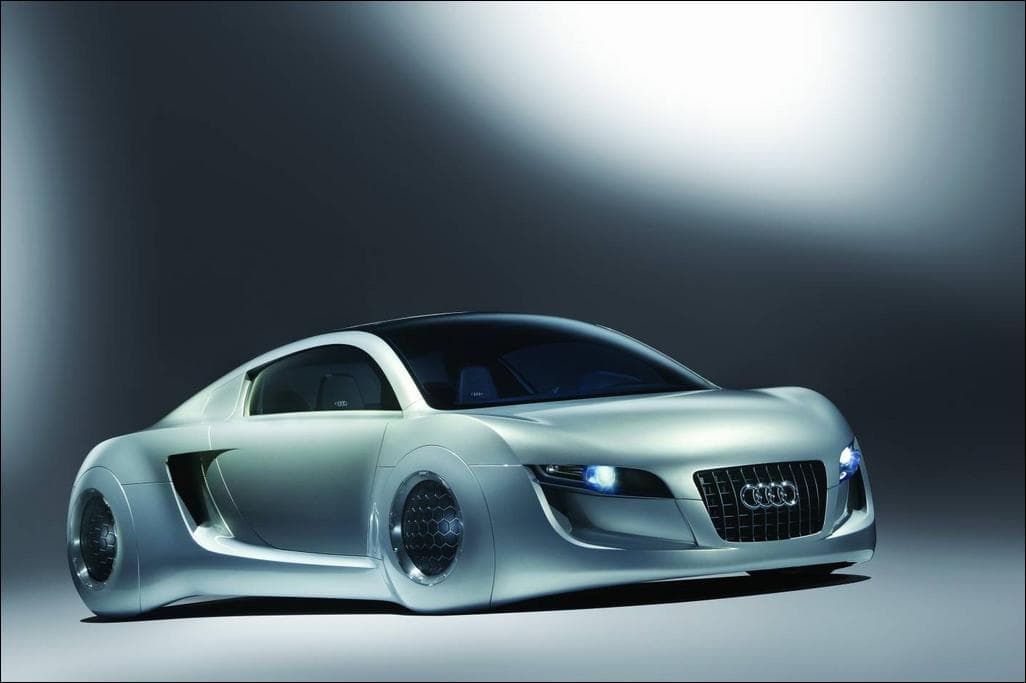
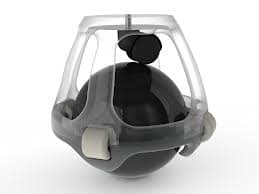
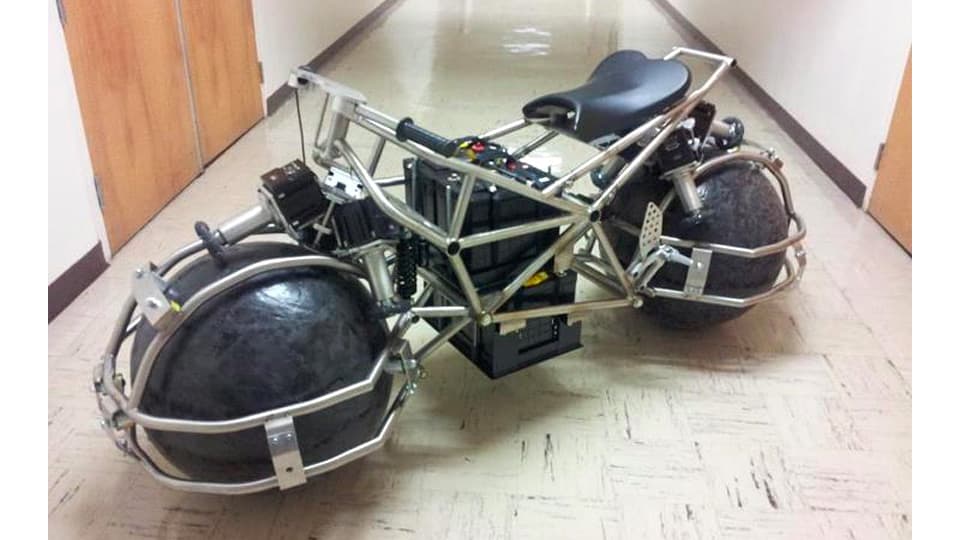
![[IMG]](proxy.php?image=http%3A%2F%2Fwww.technologyreview.com%2Fsites%2Fdefault%2Ffiles%2Flegacy%2Fsphero_x900.jpg&hash=5034190db16f8370eb322fbc2dcbc558)


